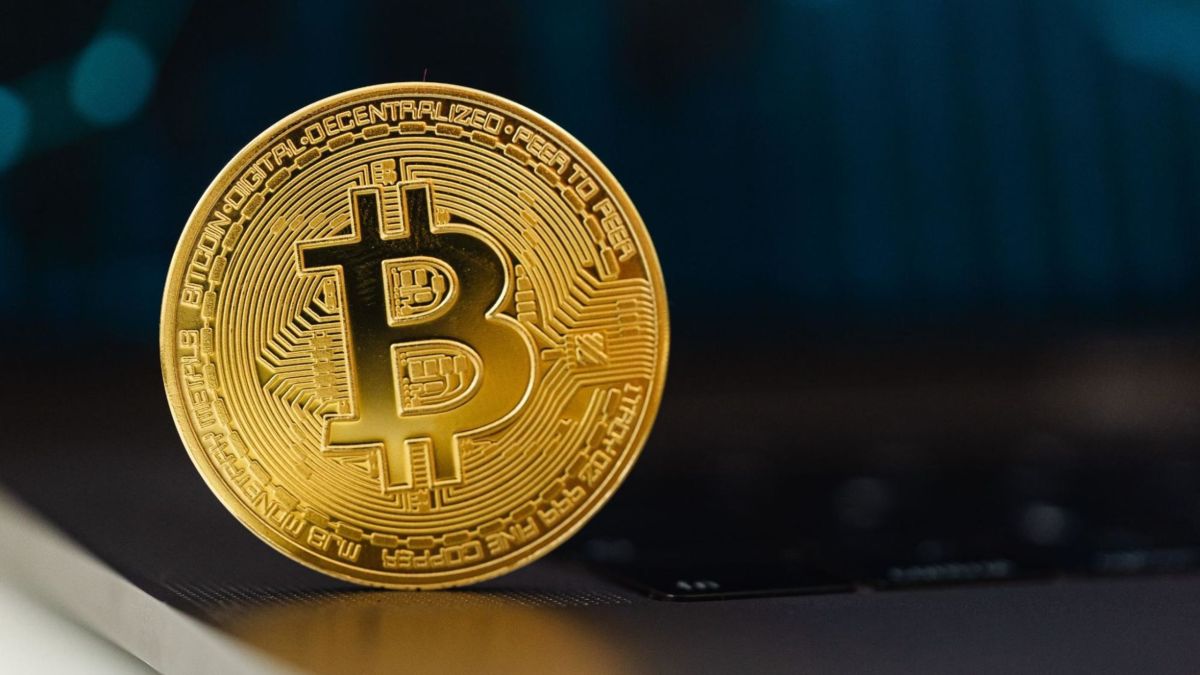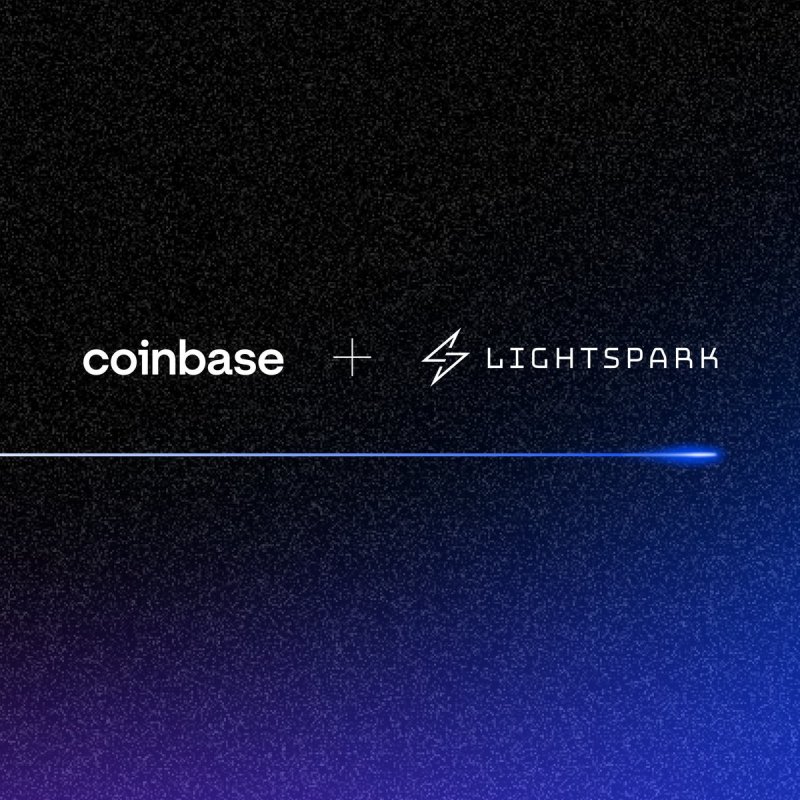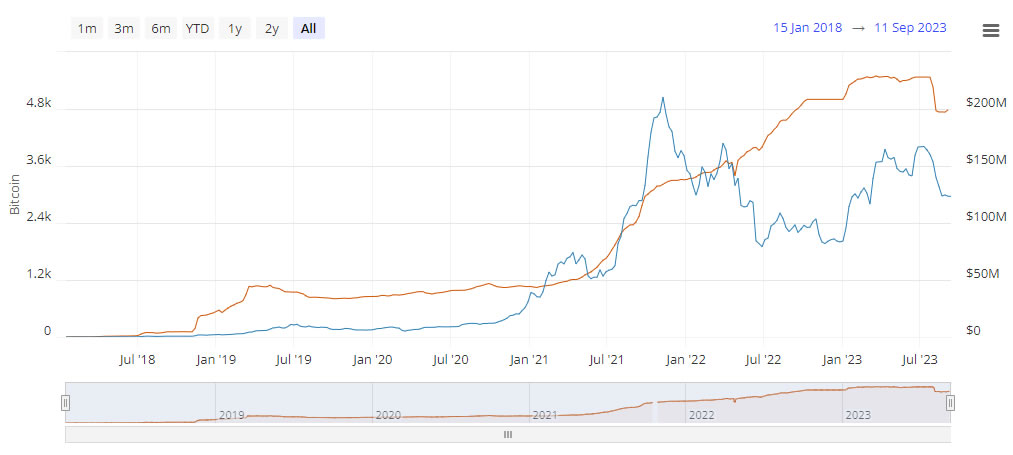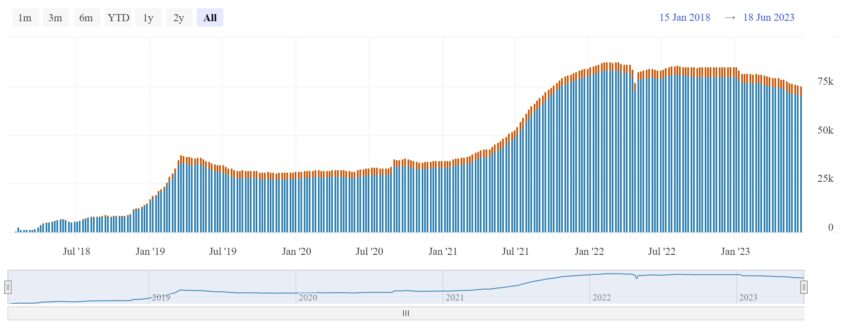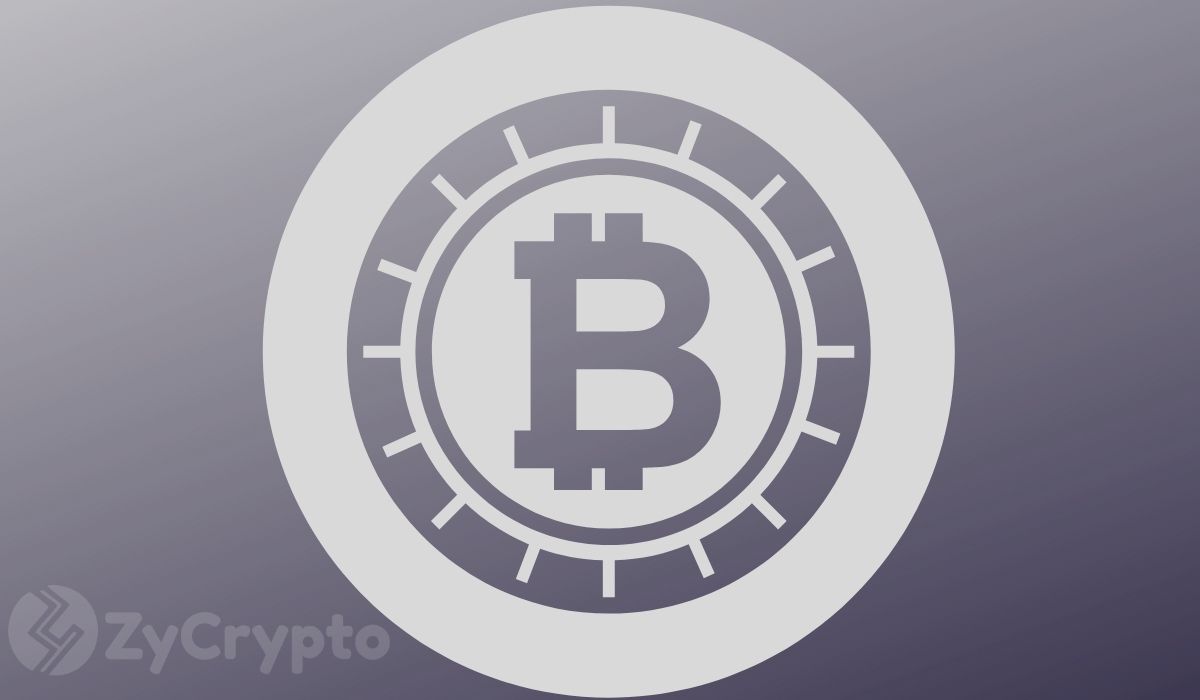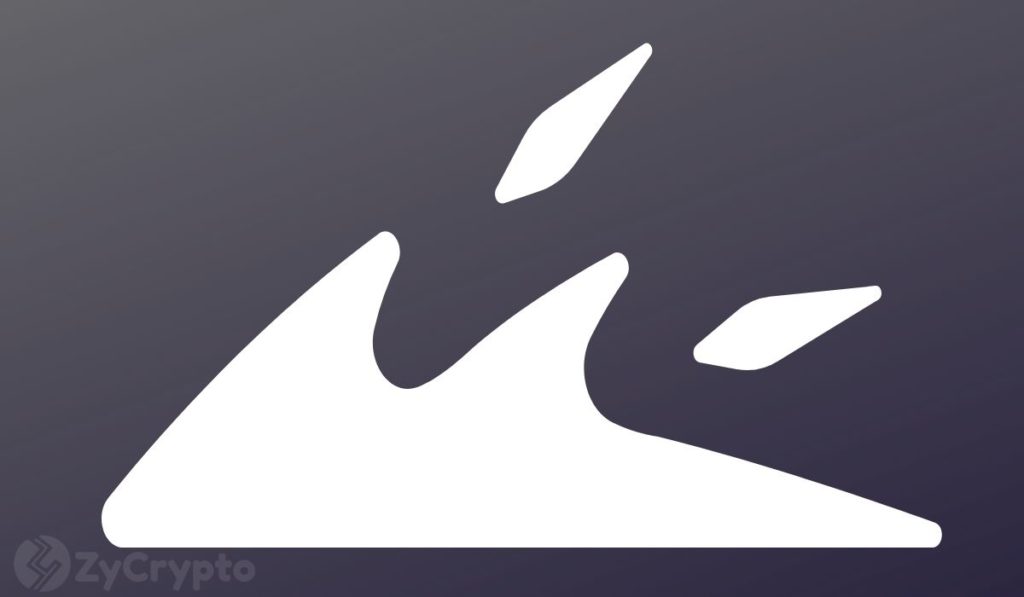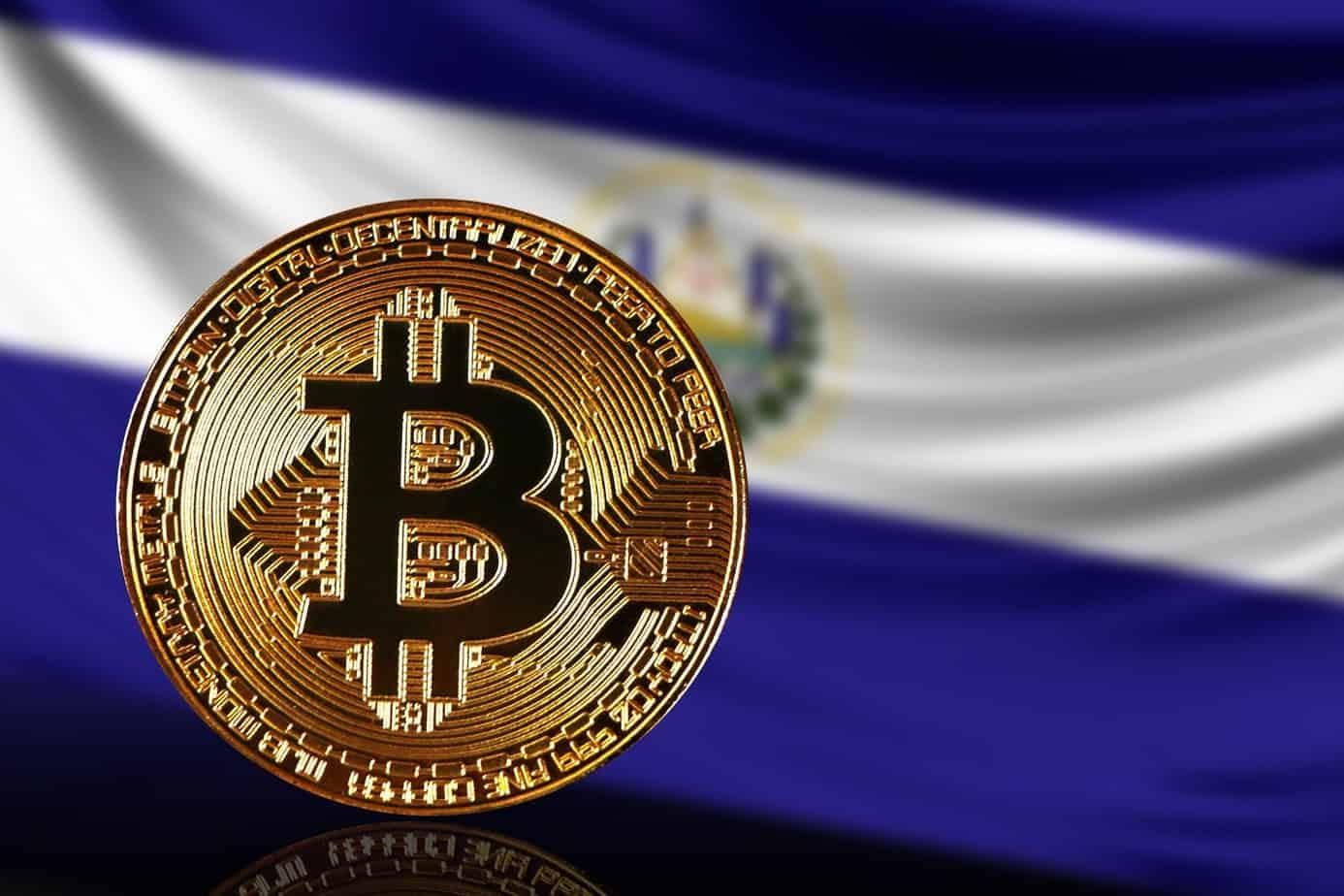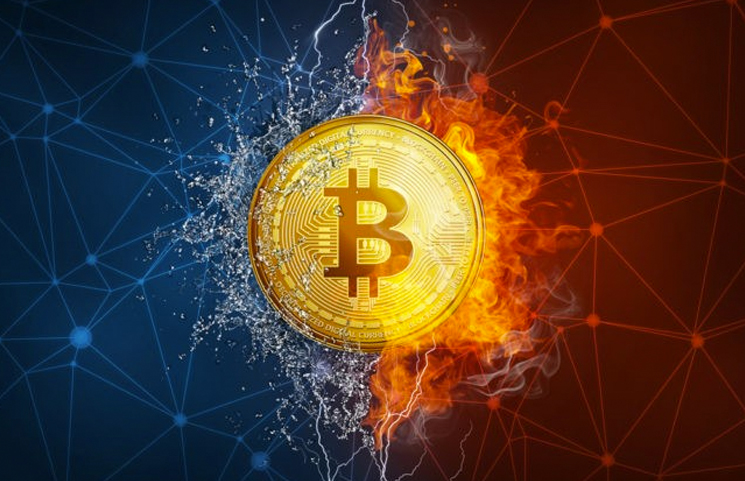
2018-7-9 23:48 |
Bitcoin is the most famous virtual currency in the market and the flagship of the crypto ecosystem. But since it appeared ten years ago, it has suffered different changes, modifications, proposals, attacks and more.
One of those Bitcoin Improvement Proposal (BIP) is the so called Lightning Network, which aims to revolutionize the way in which payments are processed on the network. Is an off chain scaling solution protocol for Bitcoin that make transactions fast and with almost no fees.
Which Are The Benefits Of The Lightning Network?The Lightning Network – also known as LN – is a side-chain for Bitcoin. Instead of trying to hard fork the original Bitcoin network, it is possible to integrate public side-channels between nodes.
Instead of validating all the information on the main chain, it is possible to do it by creating connections between different nodes that are able to store the BTC on that channel.
Using the LN is possible to setup a node and open channels with the other nodes in the network. Of course, using this off-chain solution allows users to pay less fees and process faster transactions. Only the settlement transactions are validated.
By depositing bitcoin on open side-chains, it is possible to make as many transactions with third parties as required. It is not necessary to validate them via Proof-of-Work (PoW). Once the balance is closed and settled, then miners pick up the transactions and confirm them on the blockchain.
Lightning Network Is GrowingThe Lightning Network has been growing in the last months and has recorded important milestones.
Currently, the LN is able to handle 41.06 BTC and there are 2,709 nodes. The network has also 8,861 channels and 997,291 nodes.
For example, some of the latest developments include the API stability, TOR support, and Lightweight nodes. These improvements will be able to help the network to keep growing and, ultimately, release it to the public.
CCN was able to review some of the latest developments:
Lightweight nodes: It makes it possible to rune c-lightning node on Raspberry Pi as well as other devices. The gossip protocol: It has been updated to use as a more lightweight bandwidth mechanism that asks for specific information. It does not exchange full network views as older versions. This is great for low powered devices. API stability: The c-lightning JSON-RPC interface has been designed in order to minimize changes in future releases. This should help other projects to build on top of the c-lightning. Wallet and Sync: With this actualization, all the funds are automatically tracked and returned to the internal wallet as soon as possible. An interesting point to mention is that all the funds are automatically tracked and returned to the wallet as soon as possible. TOR Support: it is possible to support nodes through the TOR network. Payment Logic: it is now able to support automatic retries for routing failures, randomization of route selection, and more information about the payment.Indeed, there are good reasons to be sure that the LN is properly growing and developing, more if you are interested in using cryptocurrencies and pay low fees for the transactions you perform.
Lightning Network And ExchangesThe Lightning Network will be helping bitcoin solve its scalability issue that has been affecting users since very long time. An important number of Bitcoin transactions today are related to exchanges. By moving some of these transactions to Lightning payment channels, it will be possible to lower fees.
Indeed, faster exchanges may help the network to have more liquidity and reduce fees on the network.
There are some proposals that aim to integrate in two different ways the Lightning Network functionalities: exchange to exchange integration and direct-to-user integration. The first one would allow exchanges to open channels between each other and move funds in a fast and low cost way.
The second one would allow users to deposit and withdraw funds at high speeds and paying minimal fees.
Another important thing that can be done is integrate exchanges between them. There would be high volume channels opened between companies like exchanges, something that would let users to move funds quickly, cheaply and securely. It is important to mention that there is a disadvantage of this integration strategy, because traders would have to expose additional transaction details to their exchanges. In this case, the name of the receiving exchange and the account ID would have to be revealed.
The exchange to user integration will allow users the ability to open Lightning payment channels directly with their exchanges. This will help traders have lower balances on exchanges – which is always a risk. Additionally, it will be possible for market makers to move funds between exchanges without having to expose where funds are moving.
More Than Just IntegrationIn the future, more integration options will become available, which could help exchanges and users with security and easy to use services beyond the improvements mentioned before.
We are talking about exchange-specific Lightning-driven apps, which may allow exchange users to make trades from local apps, making deposits and withdrawals transparent. For example, these apps could run on smartphones and devices like the Ledger Blue.
In addition to it, it will be possible for important traders to move money in and out of exchanges very often, because it will certainly reduce times and fees.
The debate on bigger blocks will not be solved now, but by the bigger network would increase transactions fees on smaller transactions in the future.
Which Are The Problems Of The Lightning Network?Well, one of the main points to take into account for the future is the possible centralization of the network. But it is probable that the network will be as decentralized as bitcoin mining activities today. At the moment, there are three pools that own more than 50% of the hashing power of the bitcoin network.
There will be certain hubs that will link different channels with greater ease. This means that there will be a certain degree of centralization.
Another issue is related to onion routing. It works by adding layers between the different nodes, something that allows each node to only know the previous sender and the forwarding node. The main problem of onion routing is that if the channel breaks, then, the transaction fails because the node that holds the funds does not know the transaction originator.
ConclusionThe LN is an open and permissionless way of using a side-chain of Bitcoin, without having to fork the original network to allow more transactions to be processed.
origin »Bitcoin (BTC) на Currencies.ru
|
|

